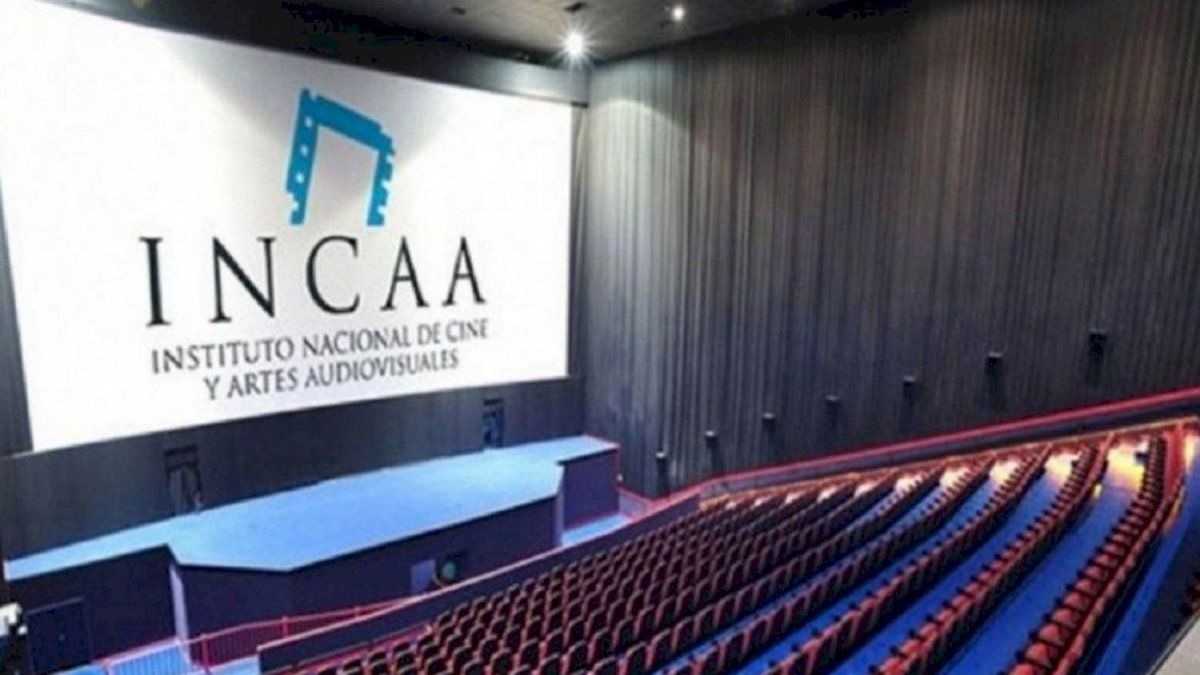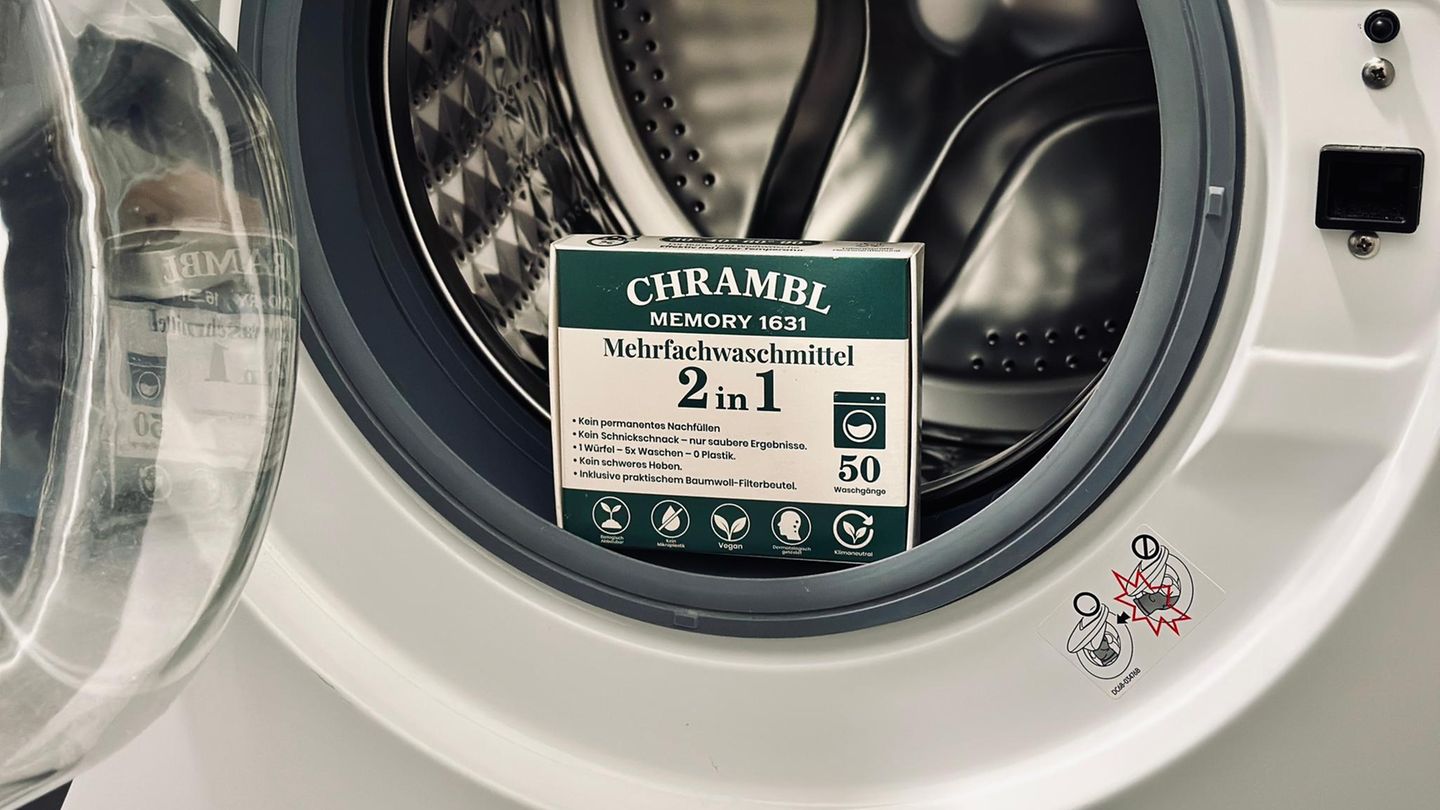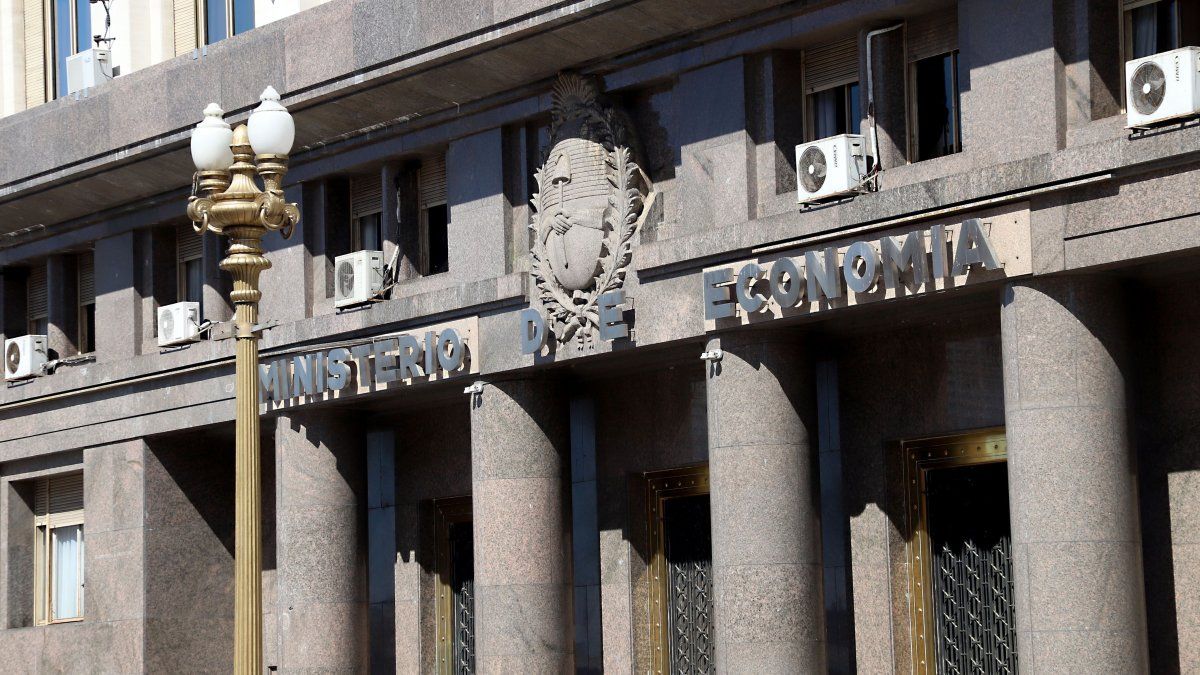The government of Javier MileiUpdated subsidy amounts for different types of production, in addition to establishing what the recognized cost of average budget of a film of a film of a film of a film will be National Institute of Cinema and Audiovisual Arts (INCAA).
Through resolution 50/2025, published this morning in the Official Gazette, the “recognized cost of a national medium budget film” was set, which was established in 300 million pesos, with retroactive character as of September 1, 2024. This modification is introduced into the annual obligations that the Institute has under the orbit of the Ministry of Culture of the Nation.
The update responds to the increase in production costs in order to guarantee effective support for Argentine cinematographyas the government alleges in the recital of the norm. This adjustment triples the value previously set in the resolution INCAA 1607-E/2023, which determined the cost at 105 million pesos.
INCAA subsidies for other productions other than real action movies
Likewise, subsidies have been set for other forms of exhibition according to the type of production. For animation feature films, the subsidy can reach up to 43% of the cost of a national medium budget film. In the case of fiction productions, the limit will be 34%, while for documentaries, the maximum allowed will be 17%.
Regarding the Digital documentariesthe new provisions will be applied to active projects that have a resolution for granting subsidy and whose filming has begun from the September 1, 2024. In these cases, the amount granted may not exceed the 70% of the approved budget costwith a top of 5% of the cost of a national average budget film.
In turn, INCAA reported that the Screen share —A audience measure that estimates the percentage of households or spectators who are watching the product, on which they have a set on – will apply to national films premieres in all the rooms recorded in the Public Registry of Cinematographic and Audiovisual Activity (RPACA). In this way, the Resolution 48/2025 states that exhibitting groups with more than eight screens must allocate a 6% of its annual premieres to national productions, while those with up to eight screens will comply with a 4%.
To compute compliance with the fee, the selected films must be displayed in Two daily functions during central hours (between 17 hours and closure) throughout the cinematographic week. In cities with less than 100,000 inhabitantsit will suffice with a daily function at the same time.
The exhibiting companies that do not comply with the fee at the end of the year must pay a fine equivalent to the 2% of its annual gross collection.
National films may or may not register at the Premieres calendar to be considered in the computation of the quota. However, those that are registered without being displayed will lose this benefit. In addition, the conditioned exhibition rooms, which have a single screen and those registered as non -commercial will be exempted from these regulations.
At the same time, it will be essential that distributors, producers and exhibitors comply with the steps established for registration and accompany the application for qualification and certificate of exhibition, with a sworn declaration indicating the amount of screens and the places where the film will be screened.
The compliance control procedure will be in charge of the Exhibition and Supervision Sub -Managementwhich may act ex officio; At the same time that an electronic contact path will be enabled to report possible breaches.
The text emphasizes that the organism’s mission is “to promote innovation, professionalization and quality at each stage of audiovisual production, with the objective of strengthening the audiovisual industry as a competitive, modern and sustainable sectorthat contributes to the cultural identity of the country and expands its scope to new global markets. ”
Source: Ambito
I am Pierce Boyd, a driven and ambitious professional working in the news industry. I have been writing for 24 Hours Worlds for over five years, specializing in sports section coverage. During my tenure at the publication, I have built an impressive portfolio of articles that has earned me a reputation as an experienced journalist and content creator.




